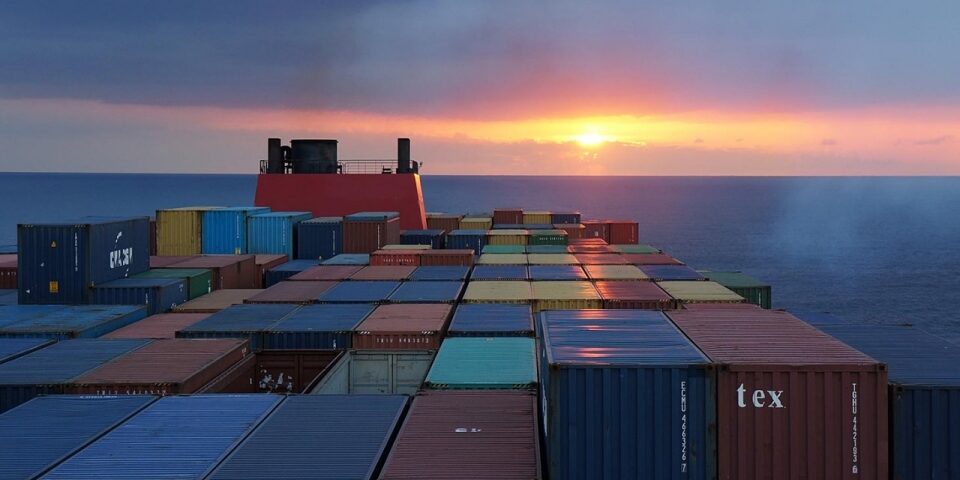Since 2014, the container shipping industry is witnessing a massive wave of carrier consolidation. In mid-2014, Hamburg Süd acquired CCNI (Compañía Chilena de Navegación Interoceánica). In December 2014, the merger between Hapag-Lloyd and CSAV (Companía Sud Americana de Vapores) was completed. In late 2015, NOL/APL and CMA CGM agreed on the sale of APL container division to CMA CGM. Early 2016 brought the merger between China Shipping and Cosco to form China Cosco Shipping Group. Hapag-Lloyd and UASC announce to merge in the same year. In late 2016, NYK line, MOL and K-Line announced to merge their container activities to form ONE (Ocean Express Network). In early 2017, Hanjin was formally declared bankrupt. In April 2017, the European Commission cleared the take-over of Hamburg-Sued by Maersk. In July 2017, COSCO announced it will acquire OOCL. The consolidation wave went hand in hand with a massive reshuffling in alliances. In early 2017, CKYHE, G6, 2M and Ocean Three made room for THE Alliance, Ocean Alliance and 2M.
The group of medium-sized global carriers has virtually been wiped out
The latest consolidation wave is having a significant impact on the container carrier ranking. In 2010, the market was still characterised by three mega carriers with fleet capacities above 1 million TEU (i.e. Maersk, MSC and CMA CGM) followed by about 17 global carriers each having a slot capacity between 200,000 and 650,000 TEU. The carriers outside the top 20 were all niche players (regional and feeder operators). The graph shows the effect of recent M&A activity on the container carrier ranking (based on the aggregation of Alphaliner data, situation in July 2017). The group of medium-sized global carriers has virtually been wiped out. Yang Ming and HMM have become outliers in the new global carrier landscape. They are challenged to either join the top league through engaging in M&As or to become niche or regional players. ZIM has opted for the latter path. With a fleet capacity of just over 1 million TEU, even Evergreen Line has become one size too small to challenge the top five carriers who all operate fleets with a slot capacity above 1.4 million TEU.
Do strategic alliances still have an added value in a highly consolidated market?
The latest round in M&A activity and alliance formation not only paves the way for a stronger influence of geopolitical factors in container shipping. It also raises the question whether the strategic alliances still have an added value in a market that is moving towards only six or potentially even less global carriers.














